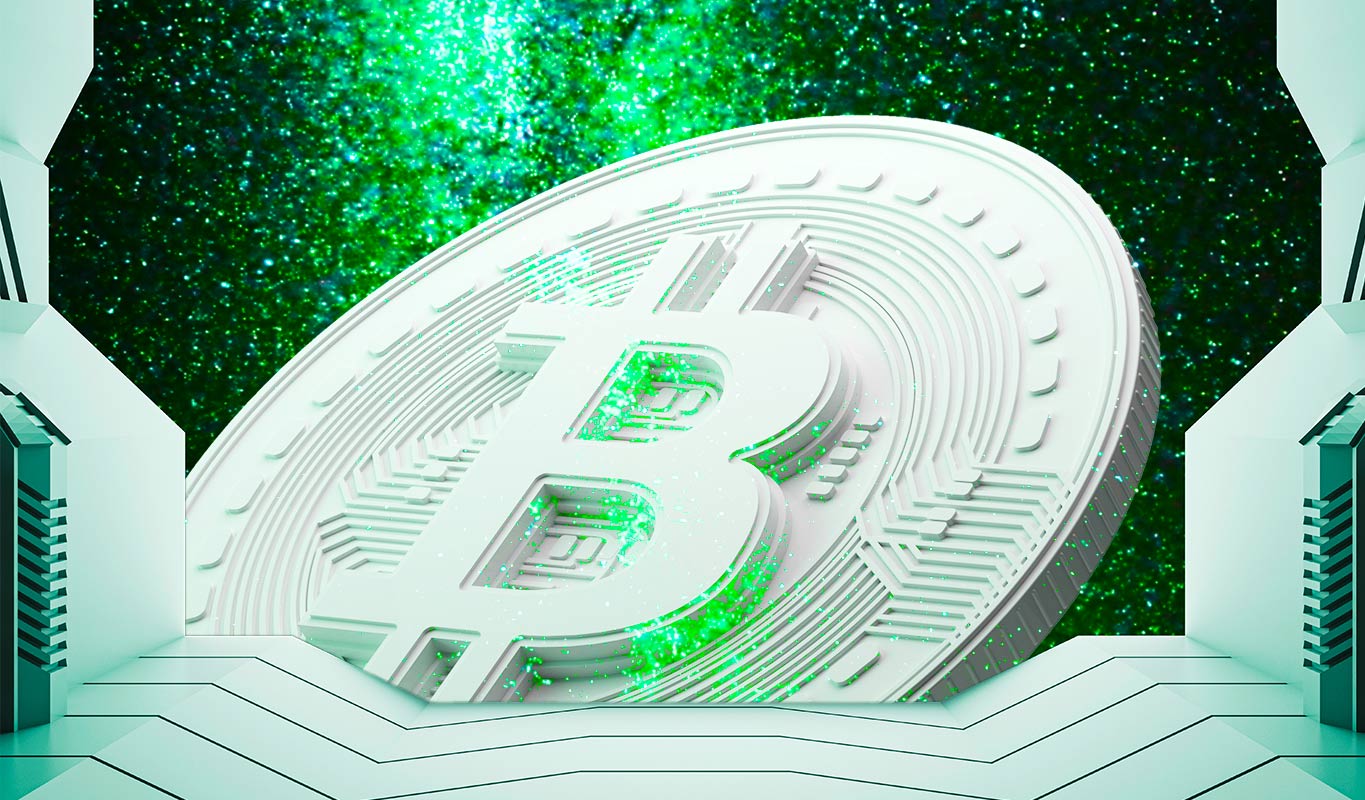
The Strategic Allocation of 15% to Bitcoin and Gold: A Comprehensive Analysis
Understanding the Economic Context
The global economic landscape is fraught with uncertainty, marked by escalating national debts, geopolitical tensions, and unprecedented monetary policies. Central banks worldwide have resorted to quantitative easing and low-interest-rate policies to stimulate economic growth, leading to concerns about inflation and currency devaluation. In this environment, investors are increasingly looking for assets that can act as hedges against economic instability. Ray Dalio’s recommendation to allocate 15% of a portfolio to Bitcoin or gold is a response to these concerns, offering a strategic approach to wealth preservation and growth.
The Role of Gold in Portfolio Diversification
Gold has been a cornerstone of wealth preservation for centuries, valued for its scarcity, durability, and universal acceptance. Its role in a diversified portfolio is multifaceted:
Inflation Hedge
Gold has historically demonstrated its ability to maintain its value during periods of high inflation. As fiat currencies lose purchasing power due to inflation, gold’s price tends to rise, compensating for the erosion of value. This inverse relationship makes gold an effective hedge against inflation, ensuring that investors’ wealth is preserved over time.
Safe Haven Asset
During times of economic turmoil, gold is often sought after as a safe haven asset. Its value tends to appreciate when there is uncertainty in the financial markets, providing a buffer against losses in other asset classes. This characteristic makes gold an essential component of a diversified portfolio, particularly in volatile economic conditions.
Liquidity and Accessibility
Gold is highly liquid, with a well-established market that allows for easy buying and selling. Its global recognition and acceptance make it a versatile asset that can be traded in various forms, including physical gold, exchange-traded funds (ETFs), and futures contracts. This liquidity ensures that investors can quickly access their wealth when needed.
The Emergence of Bitcoin as a Digital Safe Haven
Bitcoin, the first decentralized digital currency, has gained significant attention as a potential safe haven asset. Its unique characteristics set it apart from traditional assets and offer distinct advantages:
Decentralization and Scarcity
Bitcoin operates on a decentralized network, free from the control of any single entity. This decentralization ensures that no government or financial institution can manipulate its supply or value. Additionally, Bitcoin’s fixed supply of 21 million coins ensures scarcity, a key factor in its potential as a store of value.
Digital Nature and Accessibility
As a digital asset, Bitcoin is easily transferable and divisible, making it accessible to a global audience. Its digital nature also makes it resistant to physical confiscation or destruction, providing an additional layer of security for investors.
Growing Institutional Adoption
Bitcoin’s adoption has been growing rapidly, with increasing numbers of institutions recognizing its potential as an investment and a store of value. This growing acceptance has led to increased liquidity and market depth, making Bitcoin a more viable option for investors seeking diversification.
The 15% Allocation: Balancing Risk and Reward
Dalio’s recommendation to allocate 15% of a portfolio to Bitcoin or gold is a balanced approach that aims to optimize the risk-return ratio. This allocation is not intended to generate guaranteed profits but to serve as a risk management tool. Here’s why this allocation may be beneficial:
Diversification Benefits
Adding Bitcoin or gold to a portfolio can help diversify its holdings and reduce overall risk. These assets tend to have low or negative correlations with traditional assets like stocks and bonds, meaning they may perform well when other assets are struggling. This diversification can help smooth out portfolio returns and reduce volatility.
Inflation and Currency Devaluation Hedge
Both Bitcoin and gold have the potential to act as a hedge against inflation and currency devaluation. As the value of fiat currencies declines due to inflation or devaluation, the prices of these assets may rise, preserving the investor’s purchasing power. This hedge is particularly valuable in the current economic environment, where central banks are resorting to unprecedented monetary policies.
Optimizing Risk-Return Ratio
Dalio specifically mentions optimizing the portfolio for the best return-to-risk ratio. This suggests that the 15% allocation is intended to improve the portfolio’s overall performance while managing its risk exposure. By allocating a portion of the portfolio to assets that have the potential to appreciate during economic downturns, investors can achieve a more balanced risk-return profile.
Considerations and Potential Challenges
While Dalio’s recommendation is noteworthy, investors should carefully consider the following factors before allocating 15% of their portfolio to Bitcoin or gold:
Volatility and Risk Tolerance
Bitcoin, in particular, is a highly volatile asset. Its price can fluctuate significantly in short periods, which may not be suitable for risk-averse investors. Investors should assess their risk tolerance and investment horizon before making any decisions.
Investment Horizon
Bitcoin and gold may not be appropriate for short-term investors who need quick returns. These assets are better suited for long-term investors who are willing to ride out potential price fluctuations. Investors should consider their investment horizon and financial goals before allocating a portion of their portfolio to these assets.
Due Diligence and Research
Investors should thoroughly research Bitcoin and gold before investing, understanding their underlying characteristics, potential risks, and market dynamics. This research should include an analysis of the current economic environment, historical performance, and potential future trends.
Alternative Investments
Other alternative investments, such as real estate, commodities, or collectibles, may also offer diversification and hedging benefits. Investors should consider all available options before making a decision. Each alternative investment has its unique characteristics, risks, and potential rewards, and investors should carefully evaluate these factors before allocating a portion of their portfolio.
Tax Implications
Investing in Bitcoin and gold can have tax implications. Investors should consult with a tax advisor to understand the tax consequences of their investments. This consultation should include an analysis of the tax laws in their jurisdiction, the potential tax liabilities, and any available tax planning strategies.
Conclusion: A Strategic Approach to Wealth Preservation
Ray Dalio’s suggestion to allocate 15% of a portfolio to Bitcoin or gold is a reflection of the growing concerns about the global economic outlook. While there is no guarantee that these assets will perform as expected, they offer the potential to diversify portfolios, hedge against inflation and currency devaluation, and optimize the risk-return ratio. Investors should carefully assess their risk tolerance, investment horizon, and financial goals before making any investment decisions. Ultimately, prudence and diversification are key to navigating the uncertainties of the modern financial landscape. By incorporating Bitcoin and gold into a well-diversified portfolio, investors can enhance their wealth preservation strategies and position themselves for long-term success.





